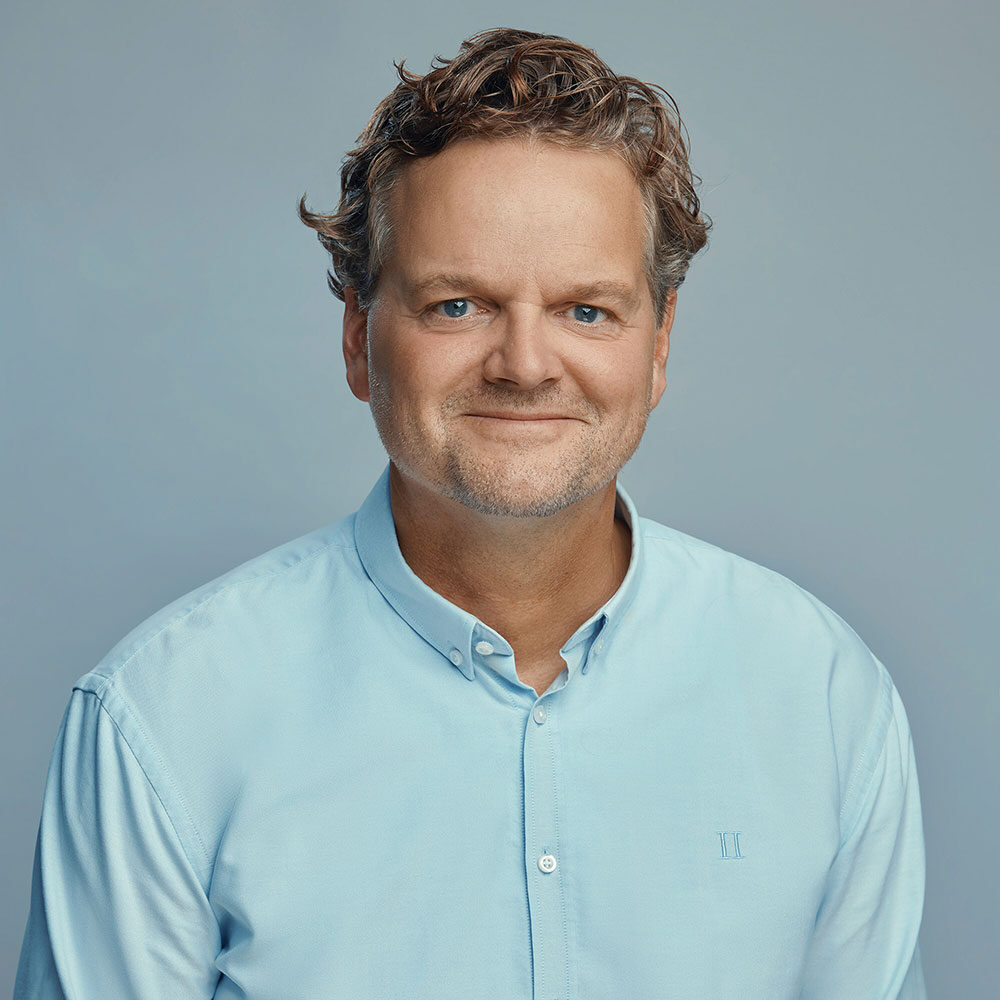Revolutionizing fall prevention: Addressing the global crisis with advanced technology
In-hospital falls are a major health concern globally. According to the World Health Organization falls are the second leading cause of unintentional injury deaths in healthcare facilities. Worldwide, around 37.3 million falls in hospitals and nursing homes require medical attention each year. Fatal falls are more common among older people, and non-fatal falls are a major cause of pain, disability and loss of independence.
Although hospital falls have been decreasing over the past several years, they remain a significant problem. About 2% of hospitalized patients fall at least once during their stay.
Falls result in significant physical and economic burdens to patients (increased injury and mortality rates and decreased quality of life) as well as to medical organizations (increased lengths of stay, medical care costs, and litigation).

How hospitals implement fall prevention measures
Hospitals employ various guidelines for fall prevention. Generally, these include: 1) identifying patients who are at high risk of falling, and 2) using clinical judgment to determine which fall prevention strategies to apply to reduce the risk. However, the considerable variation among these guidelines can create confusion about the "right approach" to fall prevention. This often leads to the adoption of time- and labor-intensive methods as part of the standard of care. The lack of clear prevention guidelines may contribute to the cognitive burden on healthcare providers and could potentially increase patient risk.
Acute environments like hospitals and in-patient rehab centers manage short-term fall-risk patients who are recovering from illness, injury, or surgery. Patients healing from a broken bone or other severe injuries often lack the dexterity they had pre-injury. Clinical staff attending to these patients must ensure they remain on bed rest. In these acute cases, fall prevention primarily focuses on alerting staff when a patient attempts to get out of bed.
Why you should rethink your fall prevention strategy?
In addition to the heterogeneous fall prevention guidelines, there is a severe personnel shortage. With many clinicians leaving hospital systems and long-term care settings, staff are often stretched too thin. This reduction in staff, combined with prolonged work hours, can have serious consequences. For example, during the second quarter of 2022, rates of falls resulting in major injury increased by 17.4% in skilled nursing facilities, according to data submitted to the Centers for Medicare and Medicaid Services. Additionally, a report from the American Nurses Association highlights that inadequate nurse-patient ratios increase the risk of falls, while higher nurse staffing levels help reduce inpatient falls.
Enhancing fall prevention with technology
To address the challenges of strained healthcare resources and staffing shortages, technology offers a promising solution for enhancing fall prevention strategies. By automating monitoring and alert systems, technology can help mitigate the effects of reduced personnel and streamline fall prevention processes, ultimately enhancing patient safety and care.
However, it is important to approach the integration of technology with a clear understanding of its limitations. For instance, pressure pads—simple and cost-effective—are often plagued with issues. While they alert staff when a patient attempts to get up, they can also trigger false alarms from normal movements like shifting in bed or reaching for items. This frequent disruption can frustrate both patients and clinical staff, undermining the effectiveness of the technology.
On the other hand, virtual sitters, a more advanced solution, combine human oversight with video monitoring. They monitor live feeds from patient rooms and alert staff when a patient is attempting to get up. Despite their more nuanced approach, virtual sitters often react to falls as they happen rather than preventing them, resulting in only a 7% reduction in fall rates and raising concerns about privacy and cost.
At the forefront of fall prevention technology, Artificial Intelligence (AI) offers the most sophisticated solution. AI systems continuously monitor and analyze patient movements, aiming to provide a comprehensive view of fall risks. In most cases, these devices learn about patients' movement patterns by tracking various activities such as bed exits, changes in bed backrest positions, and treatment times like rehabilitation and physiotherapy. By analyzing this data, the device can effectively alert staff when movements deviate from the patient's usual pattern, ensuring timely intervention. Additionally, AI-driven devices automatically record these movements and their history, seamlessly transmitting this data to documentation portals. This automation is a significant advantage for both nursing staff and healthcare organizations, particularly in the context of health insurance reimbursements.
When comparing available technologies, AI-driven devices stand out as the most effective solution for in-patient fall prevention. With costs comparable to virtual sitters, AI offers a compelling option for healthcare organizations looking to enhance patient safety while reducing staff workload.




